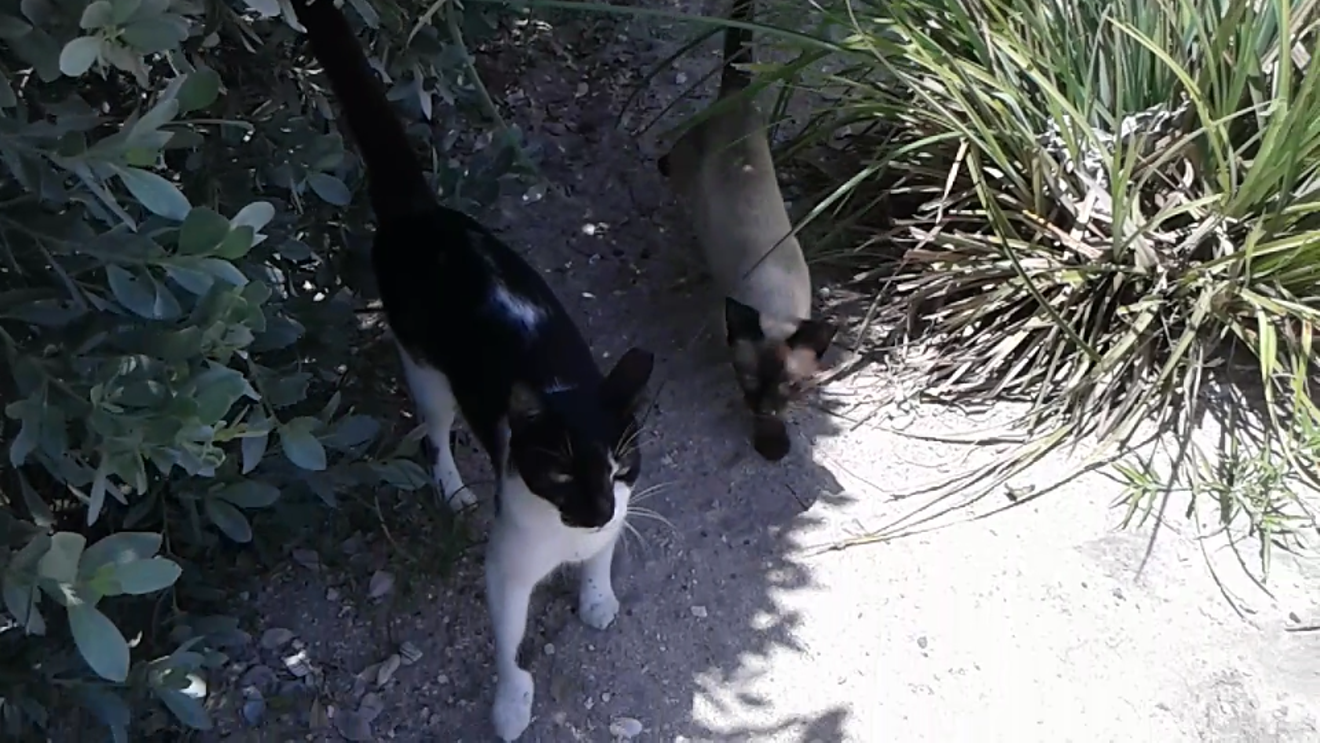Most of the vegetation lay in a heap. The seven or so cats were nowhere to be found.
"I was in shock," says
The area behind 5555 Collins Ave. was cleared as part of the Mid-Beach Recreational Corridor, a city project creating a pathway along the beach. Though
"It is being removed as part of the dune restoration component of the Mid-Beach Recreational Corridor because it smothers native vegetation and exacerbates erosion," she writes in an email to New Times.
But
The question of how to handle Miami Beach's sizable feral cat population has long been contentious. The cat colonies' history dates to the early
In 1995, the city manager grew tired of complaints and decided to offer a bounty for each feral cat trapped and euthanized. Those plans were abandoned after a public outcry and PR nightmare. Over the years, volunteers have trapped and neutered cats, but their numbers remain high. Animal activists protested in 2011 after a hotel trapped cats and took them to Animal Services, where they were euthanized.
Domiguez started feeding the felines behind her building after noticing them each time she went down to the beach.
"I always loved animals, and they just came across to me every time that I was jogging, walking, or swimming on the beach," she says. "And they were so friendly."
As the corridor project neared,
Now that they've lost their hiding place, she's worried people will complain about them, possibly putting them in peril. She's also concerned what will happen when the corridor project reaches 64th Street, where she says the vegetation is home to a cat colony of about 100.
"They don't have a plan and they don't have an answer," she says of the city. "And they don't care."













